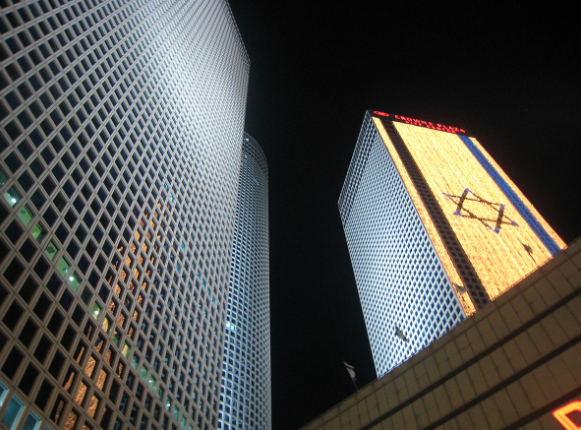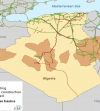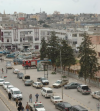Main strength of the country, the technological success of Israel owes a lot to the army. The country is said to have the highest number of seedlings per capita in the world.
Crucially, the dynamism of Israeli technology does not depend on imported gray matter. It is during the compulsory military service that the elites of Israeli high tech are formed. Young conscripts are assigned according to their test results in specialized units.
At the end of their service, most begin higher education.
40% of male students and 13% of female undergraduates study in a high-tech stream.
La Défense, with 6 to 8% of GDP, is thus a melting pot of technical excellence in Tech and also provides it with substantial outlets. It drains the country’s entire innovation ecosystem and is undoubtedly the country’s leading employer and exporter in the secondary sector (industry).
Despite good macroeconomic results, structural inequalities persist.
Israel is posting sustained growth of +6.3% in 2022, largely due to tech. This sector employs 10.4% of the workforce for 15.3% of GDP and 54% of exports. However, these successes accentuate significant ethnic, social, geographical and even gender inequalities where feminization does not exceed 13%.
The proportion of Arab employees in tech varies from 1.8 to 3.6%, for 20% of the population.
As tech is concentrated in Tel Aviv, geographic and cultural barriers hinder the integration of Arabs.
Consequence of a lifestyle choice, the ultra-Orthodox, i.e. 13% of the population and 3% employed in this sector, are very little integrated into the ecosystem, pulling up the country’s employment rate, which stagnates at 65. %. The cost of living in Tel Aviv further accentuates the disparities.
According to the OECD, tech pays wages 2.5 times higher than the national average. Another factor of inequality, Israeli citizens benefit little from the fruits of innovation like the vast majority of “non-tech” companies.
Israeli tech sells to the whole world but little in his country which is not for socio-economic and the country’s poverty rate is close to 20% and is not falling.
The gaps in public investment are considerable. Despite the dynamism of climate-tech companies, Israel is making slow progress in the fight to protect the environment.
Plastic pollution is not going away. The waste recycling system is archaic, the first incinerator has just been put into service.
The legendary efficiency of irrigation and water use hides low-carbon energy production. Coal provides 25% of electricity production.
The Israeli ecological transition is slipping, the objective of 30% energy from renewable sources by 2030 seems unattainable, perhaps because natural gas ensures sustainable energy autonomy.
Israel also lags behind in terms of network infrastructure. The need to invest 2% of Israeli GDP in transport each year until 2040 is recognized by economists.
Between 2012 and 2022, the investment effort was 1 point of GDP and what is planned represents only 1.4 points of GDP for the next 10 years.
This progress does not prevent Israel from already being the most congested country in the OECD. It would thus be necessary to increase the share of public transport from the current 10-20% to 40%. However, the need for coordination and the scale of the investments, more than €250 billion over 18 years, cast doubt on the ability to manage such large projects.
Source : Embassy of France in Israel








Réagissez à cet article